BMI and Indian Nutrition: What You Need to Know
When talking about BMI, Body Mass Index, a straightforward ratio of weight divided by height squared that tells you if you’re underweight, normal, overweight or obese. Also known as body mass index, it serves as a quick health snapshot, but it doesn’t capture everything about your diet or activity level.
Understanding nutrition, the collection of nutrients—proteins, carbs, fats, vitamins and minerals—that your body needs to function. Nutrition is the fuel that moves your BMI up or down, and it shapes how your body stores or burns calories. In Indian cooking, the balance of lentils, spices, and cooking oils creates a unique nutrient profile that can either support healthy weight or push you toward excess.
One of the biggest drivers of BMI change is calorie intake, the total amount of energy you get from food and drinks each day. When calories exceed what you burn, the extra energy stores as fat, nudging BMI higher. Indian meals often feature calorie‑dense items like ghee‑rich biryani or deep‑fried samosa, but they also include low‑calorie powerhouses such as fresh vegetables and legumes. Managing portion size and choosing cooking methods wisely lets you enjoy flavors without overloading on calories.
Take dal, a staple in many Indian households. Dal provides a mix of protein and complex carbs, making it a solid choice for steadier blood sugar and longer satiety. A cup of cooked dal typically delivers around 230 calories, with about 12 g of protein and 40 g of carbs. Because protein helps preserve muscle while you lose weight, dal can keep your BMI in a healthier range when paired with whole‑grain rotis or brown rice.
Fruit is another easy way to steer BMI in the right direction. The healthiest fruit options for weight management are those high in fiber and low in sugar—think apples, berries, or guava. A medium apple adds roughly 95 calories but packs 4 g of fiber, which slows digestion and reduces overall calorie absorption. Including fruit as a snack or dessert can satisfy cravings without the extra fat that comes from sweets.
Biryani often gets a bad rap as a junk dish, yet it can fit into a balanced diet if you tweak a few things. Swap white rice for brown basmati, trim the amount of oil, and load the pot with veggies like carrots, peas, and cauliflower. Those changes cut the calorie count by up to 30 % while preserving the dish’s signature aroma. When you track the portion—say, a cup of biryani with a side of raita—you keep the BMI impact manageable.
Practical steps to keep your BMI on target start with simple tracking. Write down what you eat for a week, note the portion sizes, and calculate the total calories. Use a kitchen scale for lentils, dal, and rice; a handful of fruit is easier to estimate. Pair meals with active habits—short walks after dinner, a quick home workout, or climbing stairs—so the calories you consume get burned. Small tweaks like adding a pinch of baking soda to roti dough for fluffier, softer bread can also improve satisfaction, preventing overeating later.
Below you’ll find a curated list of articles that dive deeper into each of these topics. From the science behind dal’s protein punch to tricks for making biryani lighter, the posts cover the full spectrum of Indian nutrition that matters for your BMI. Explore the guides, pick the tips that fit your kitchen, and start shaping a healthier weight journey today.

Calculate Your Roti Calories: A Guide to Healthy Eating
Curious about how many calories are in your daily roti intake? This guide breaks down the calorie content in your chapatis and offers insight into maintaining a balanced diet. Learn how your Body Mass Index (BMI) plays into your dietary needs and use a calorie calculator to personalize your meals. Discover how local laws influence food labeling and how this impacts your health choices.
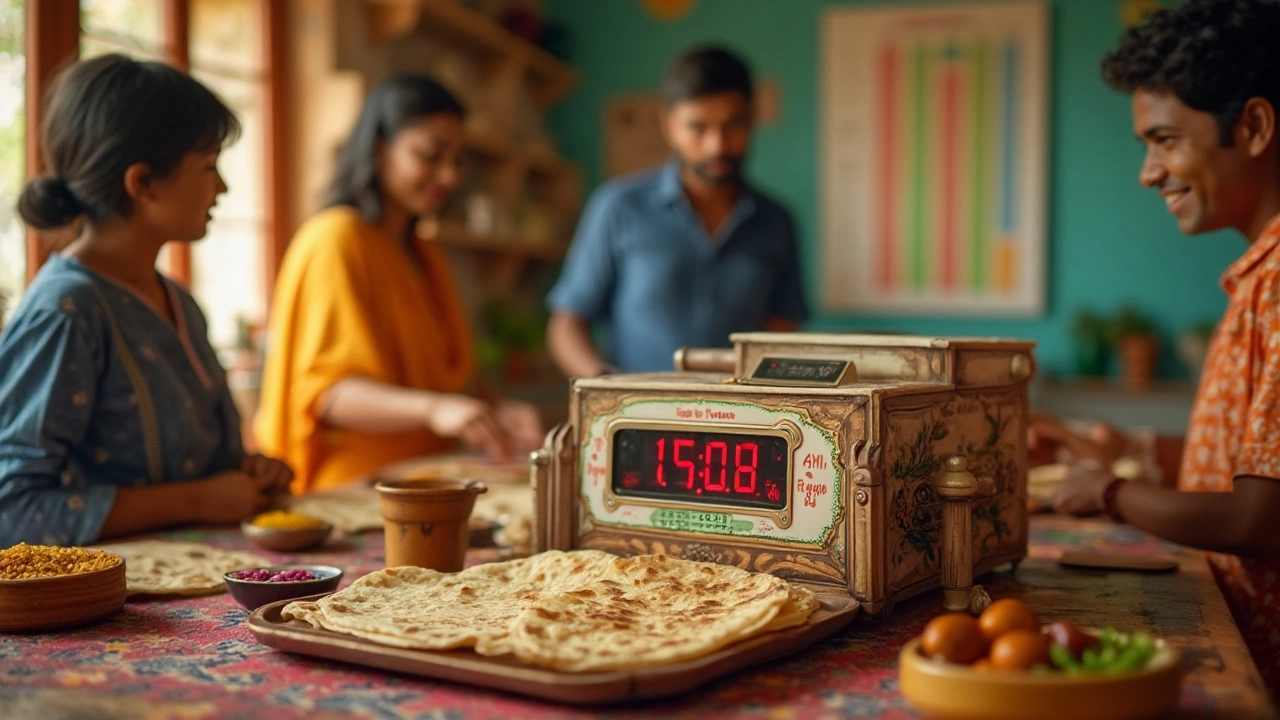
Roti Calories Calculator: The Ultimate Tool for Diet Planning
Discover how a Roti Calories Calculator can become an essential tool for your diet planning, helping you understand the calorie content in every roti you eat. Learn about body mass index (BMI), the caloric value of a single roti, and calculate daily chapati intake for effective weight management. Equip yourself with step-by-step guidance, legal considerations in food labeling, and insights tailored to Indian dietary habits.
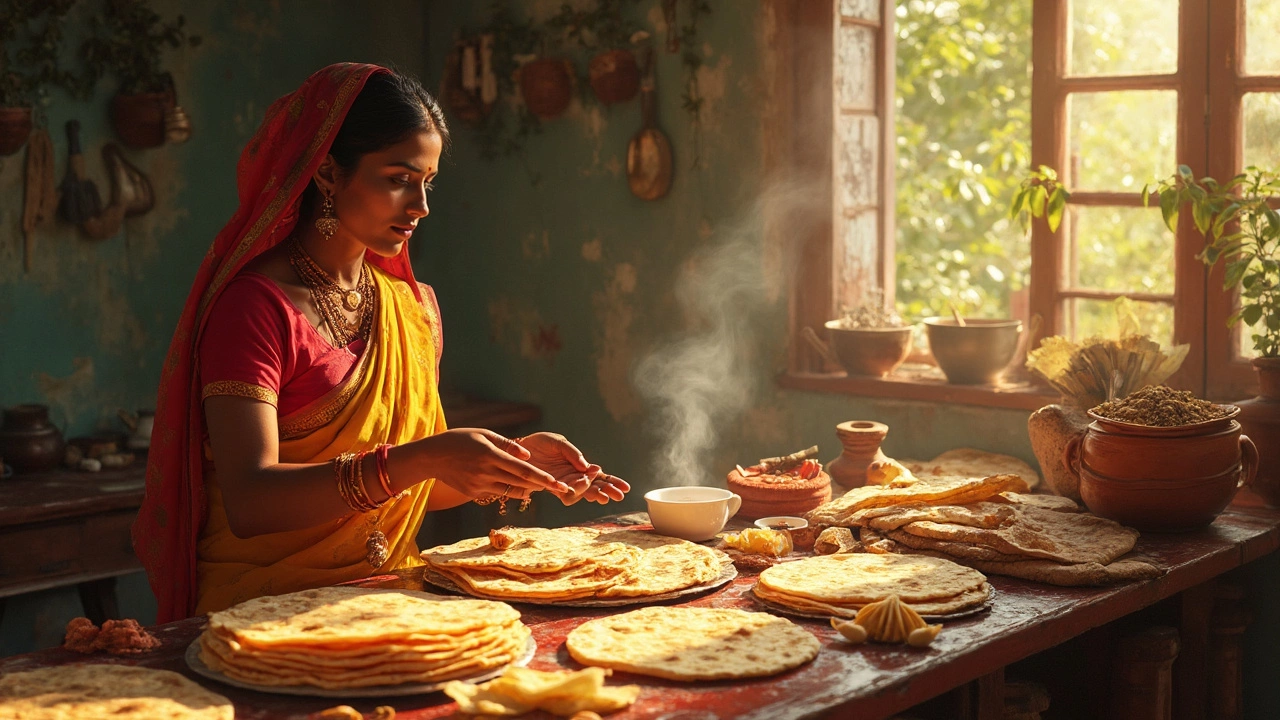
How Many Chapatis Should You Eat in a Day? A Nutritionist’s Guide
Eating the right amount of chapatis ensures balanced nutrition without going overboard. This guide dives into how many chapatis you should consume in a day, considering caloric needs and BMI. We'll explore practical tips to balance your daily roti intake based on personalized needs, enhancing your well-being with each bite.
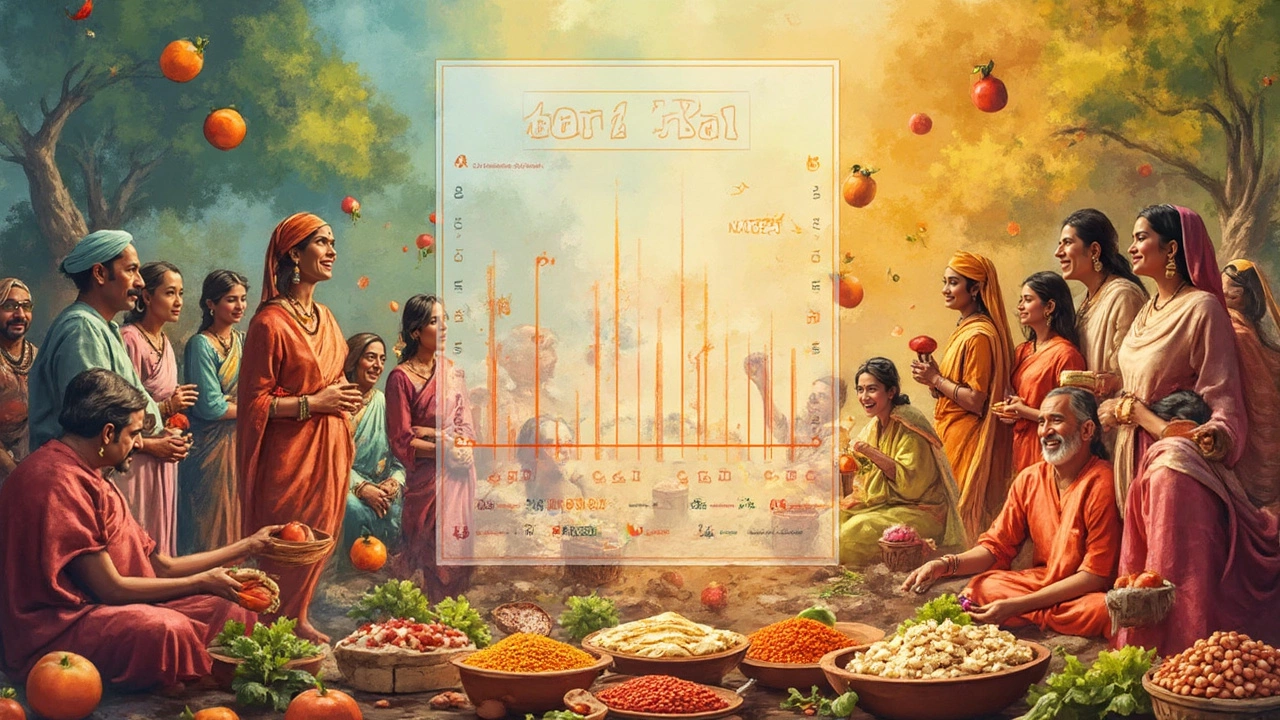
BMI Index: The Key to Understanding Your Weight and Health
BMI, or Body Mass Index, is a helpful tool in understanding the balance between weight and health, offering insights into whether an individual falls within a healthy weight range. Using a calorie calculator can assist in determining daily caloric needs based on BMI, lifestyle, and weight goals. In India, traditional foods like chapatis play a role in daily calorie intake, making it important to understand how many chapatis to eat and the calories in one roti. This article will provide a how-to guide on calculating BMI, discuss local dietary habits, and touch on the legal aspects of BMI in health assessments.
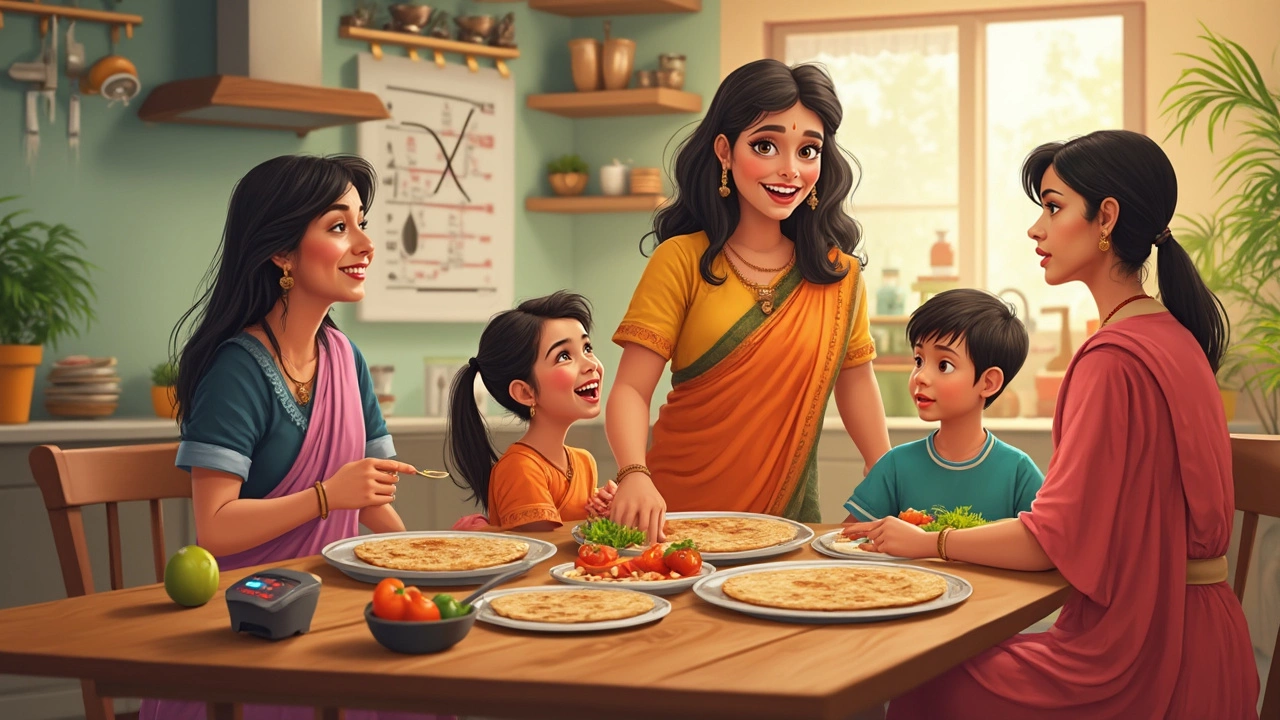
How Many Chapatis Can You Eat Without Gaining Weight?
This article explores the number of chapatis one can consume without gaining unwanted weight, using insights from Body Mass Index (BMI) and calorie calculators. It provides practical tips, including details on the calories in one roti and local dietary habits. Useful for those looking to maintain weight while enjoying their meals.
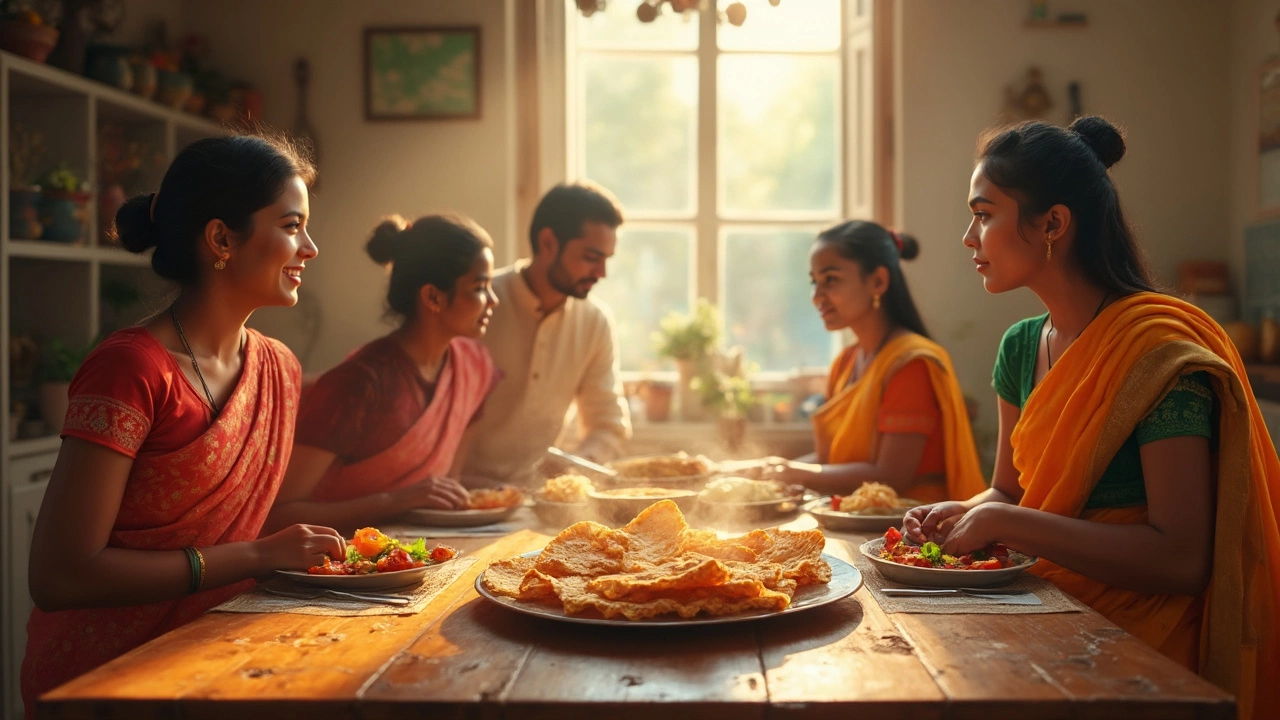
Chapati Intake Per Day: What’s Best for Your Health?
Discover how many chapatis you should eat daily and consider the calories within each piece. This guide dives into how chapati consumption relates to BMI and calorie intake, providing insights into maintaining a healthy diet. Consider local dietary habits and legal aspects while making informed decisions about your chapati intake.
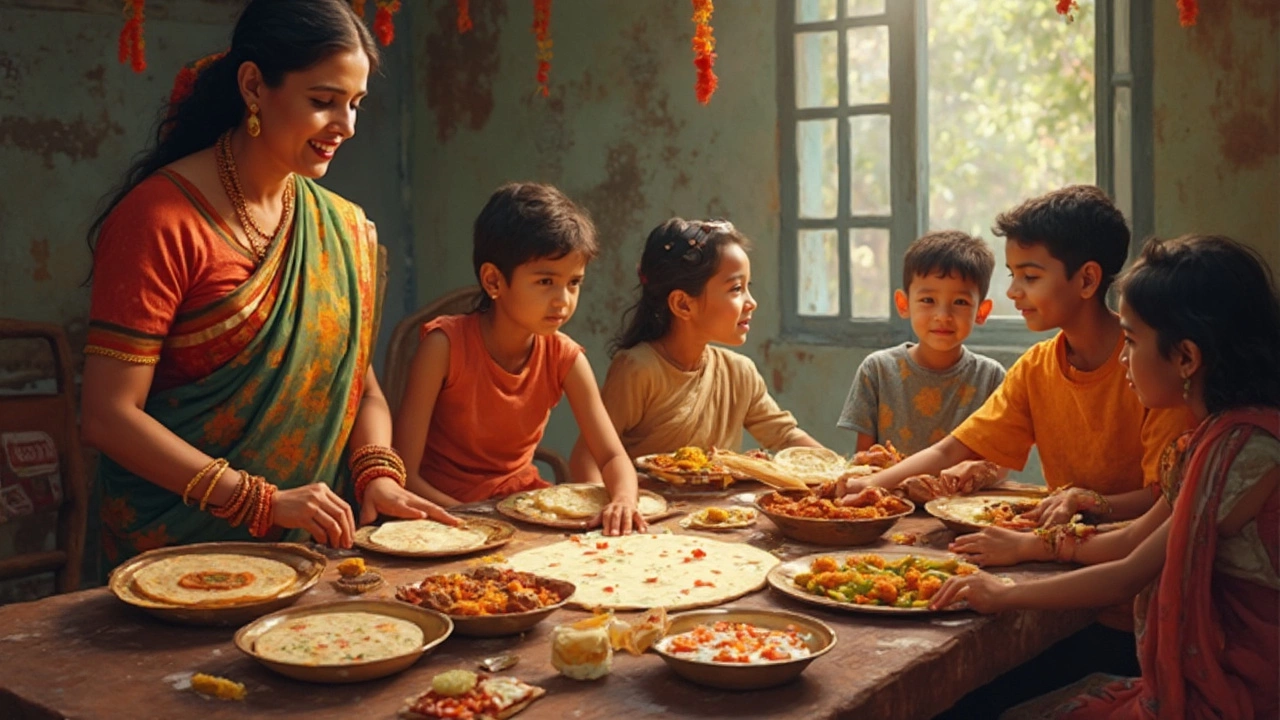
How Many Chapatis Should You Eat in a Day? A Nutritionist’s Guide
Ever wondered how many chapatis you should eat daily? This article explores the factors that affect this decision, like your Body Mass Index (BMI) and daily caloric needs. Learn how to balance your diet, the calorie content of chapatis, and local cultural considerations. Dive into practical tips and a step-by-step guide for incorporating chapatis in a healthy diet.
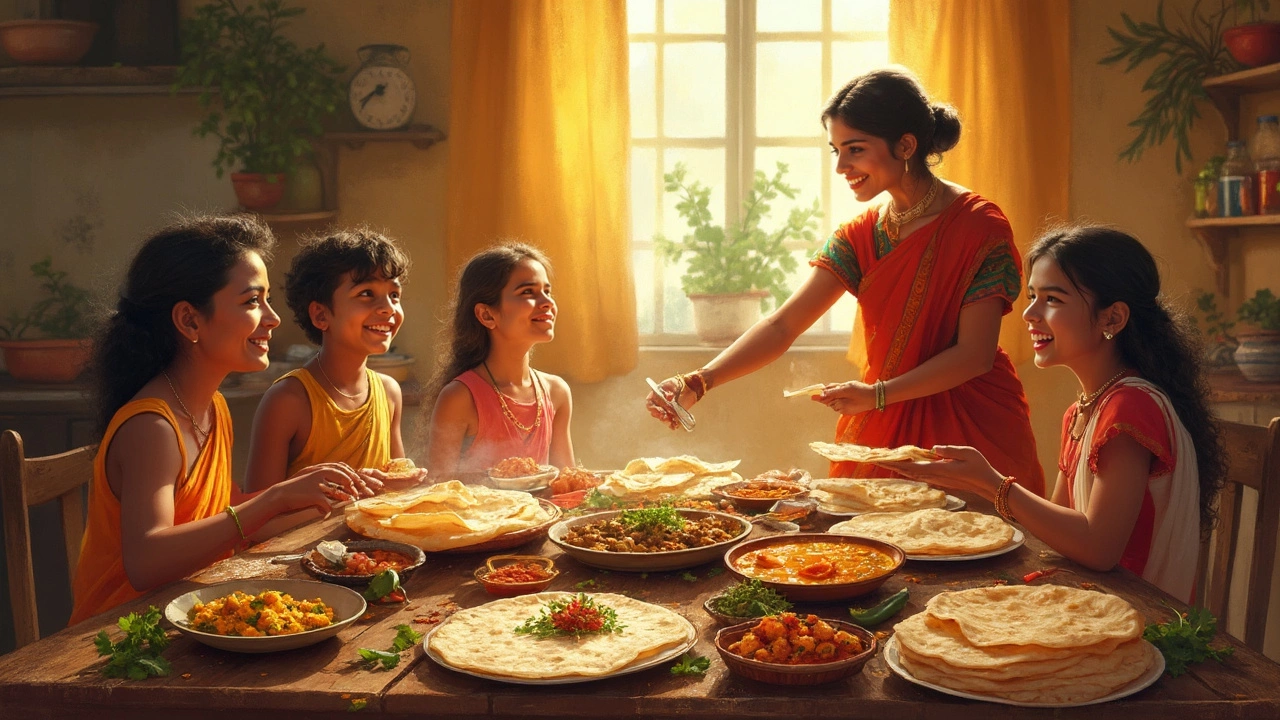
How Many Chapatis Can You Eat Without Gaining Weight?
Ever wondered how many chapatis you can eat in a day without tipping the scale? This article delves into the calorie content of one roti, guides using a calorie calculator, and explores the relationship between chapati consumption and your Body Mass Index (BMI). With tips to balance your diet and consider local eating habits, this guide helps you enjoy your flatbreads guilt-free.
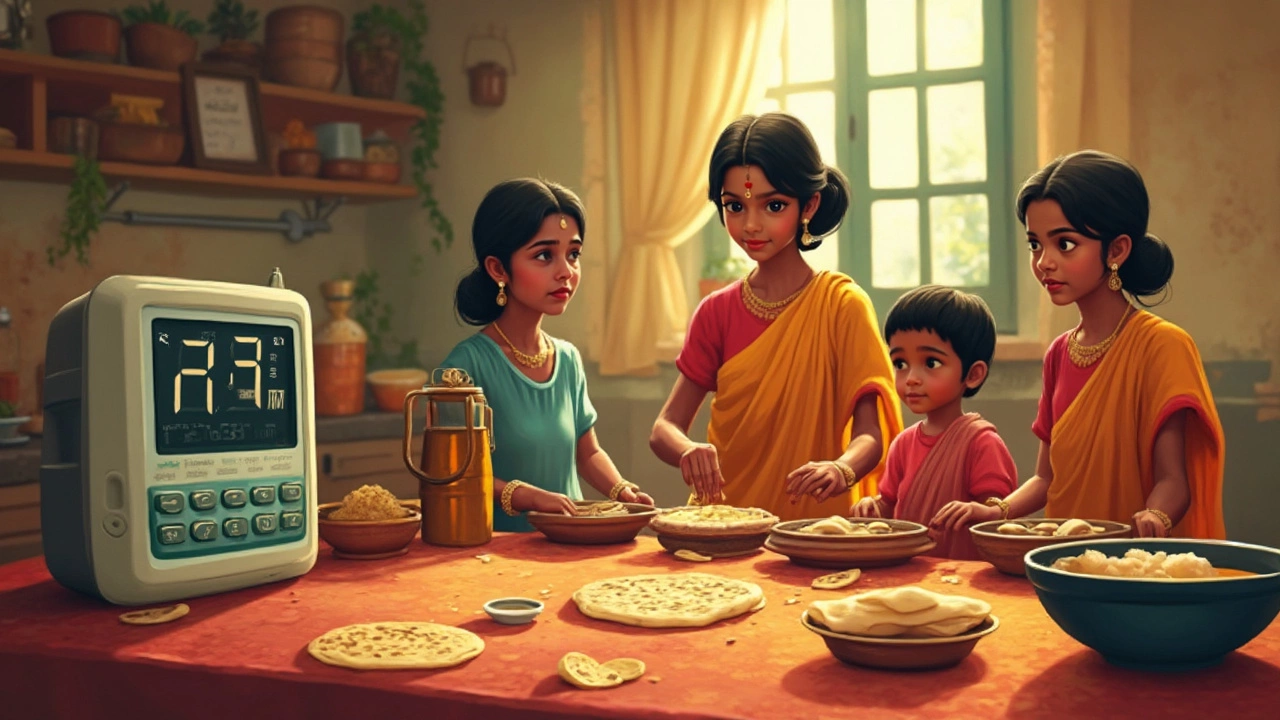
Roti Calories Calculator: Track Your Daily Intake Easily
Discover how a roti calorie calculator can help manage your daily intake with ease. Learn about the calories in one roti and how it relates to your Body Mass Index (BMI). This guide offers a step-by-step process to calculate how many chapatis you should consume daily. Explore local eating habits and consider the legal aspects of diet apps in India.

BMI Index: The Key to Understanding Your Weight and Health
Discover how the Body Mass Index (BMI) can help you understand your weight and health better. Learn practical steps for using a calorie calculator to manage your diet, and find out the role of chapati intake in maintaining a balanced diet. This article also explains useful local insights and legal aspects related to maintaining a healthy BMI.
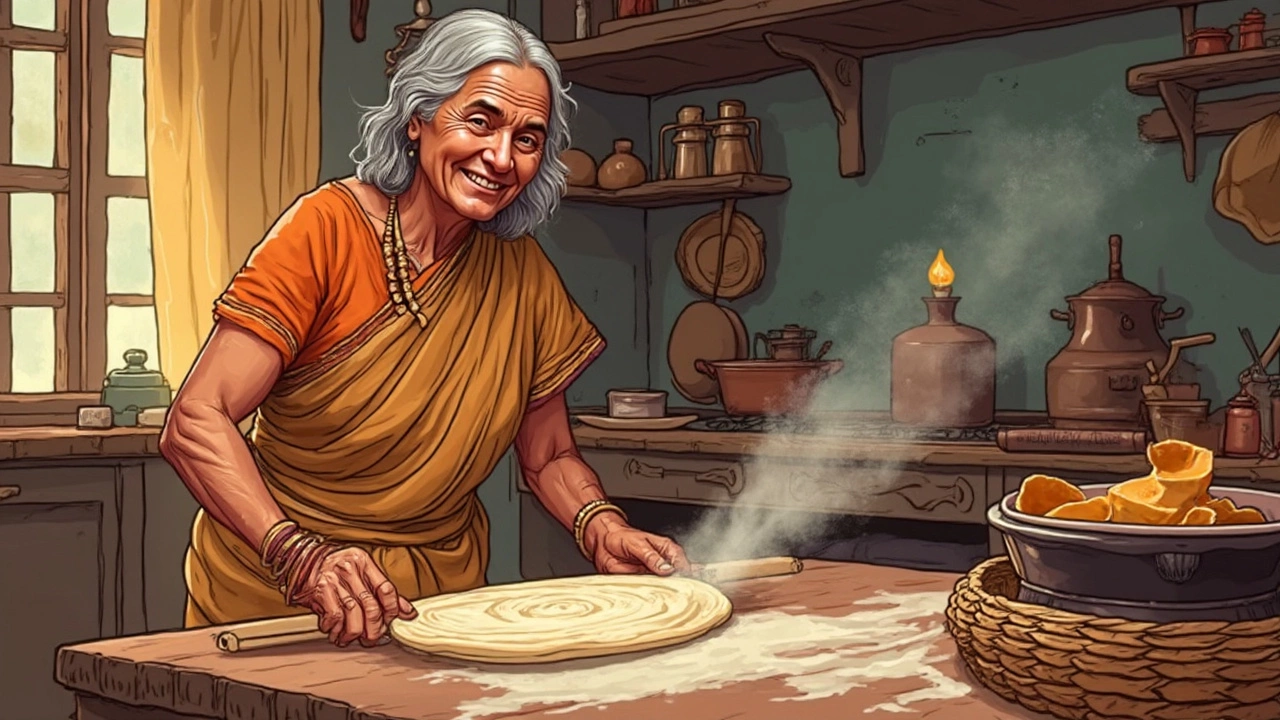
How to Calculate Roti Calories Based on Size and Ingredients
Understanding how to calculate the calories in one roti can help in maintaining a balanced diet. This article covers the step-by-step process to measure caloric content based on size and ingredients. We’ll also explore local legal considerations, how many chapatis should be eaten daily considering your BMI, and practical tips for accuracy using a calorie calculator.
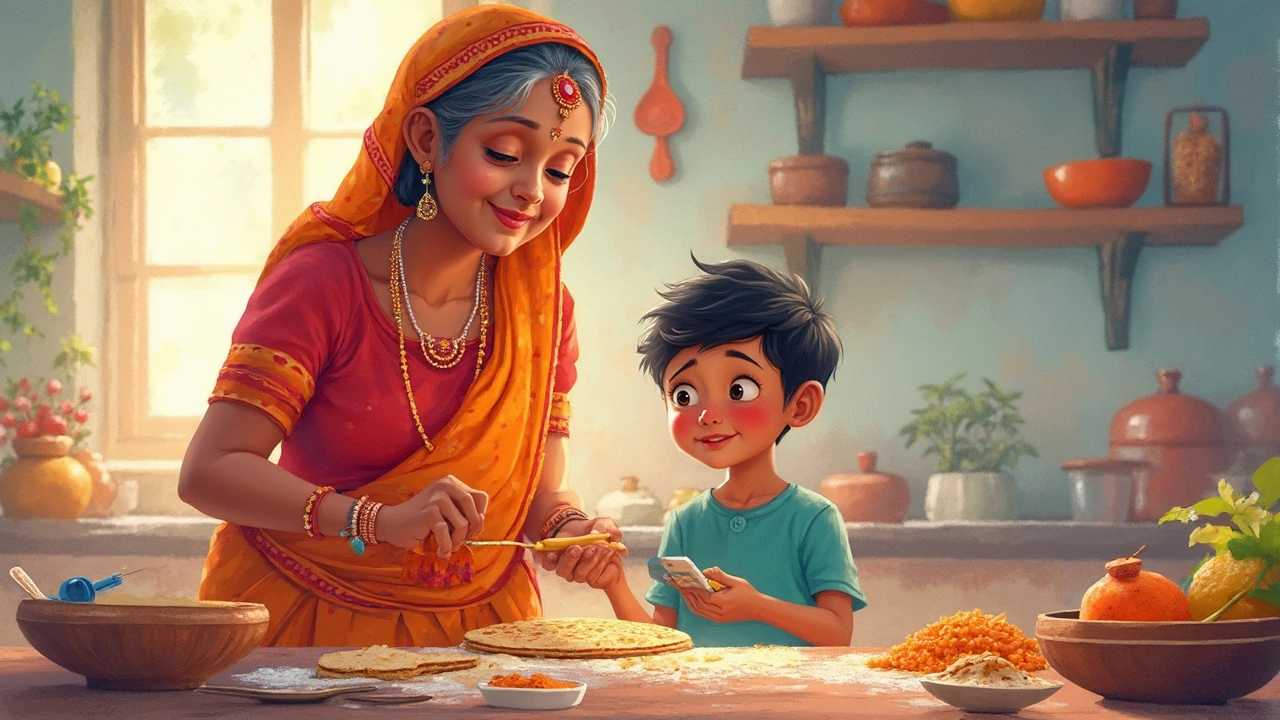
How Many Chapatis Per Day for Weight Loss and Weight Gain?
Ever wondered how chapatis fit into your weight loss or gain plan? Whether you're counting calories to shed weight or looking to gain some healthy pounds, the number of chapatis you consume can play a vital role. Understanding your Body Mass Index (BMI) and using a calorie calculator can guide you to make informed decisions in your diet. Dive into the details of calories in one roti and how it fits your daily needs.